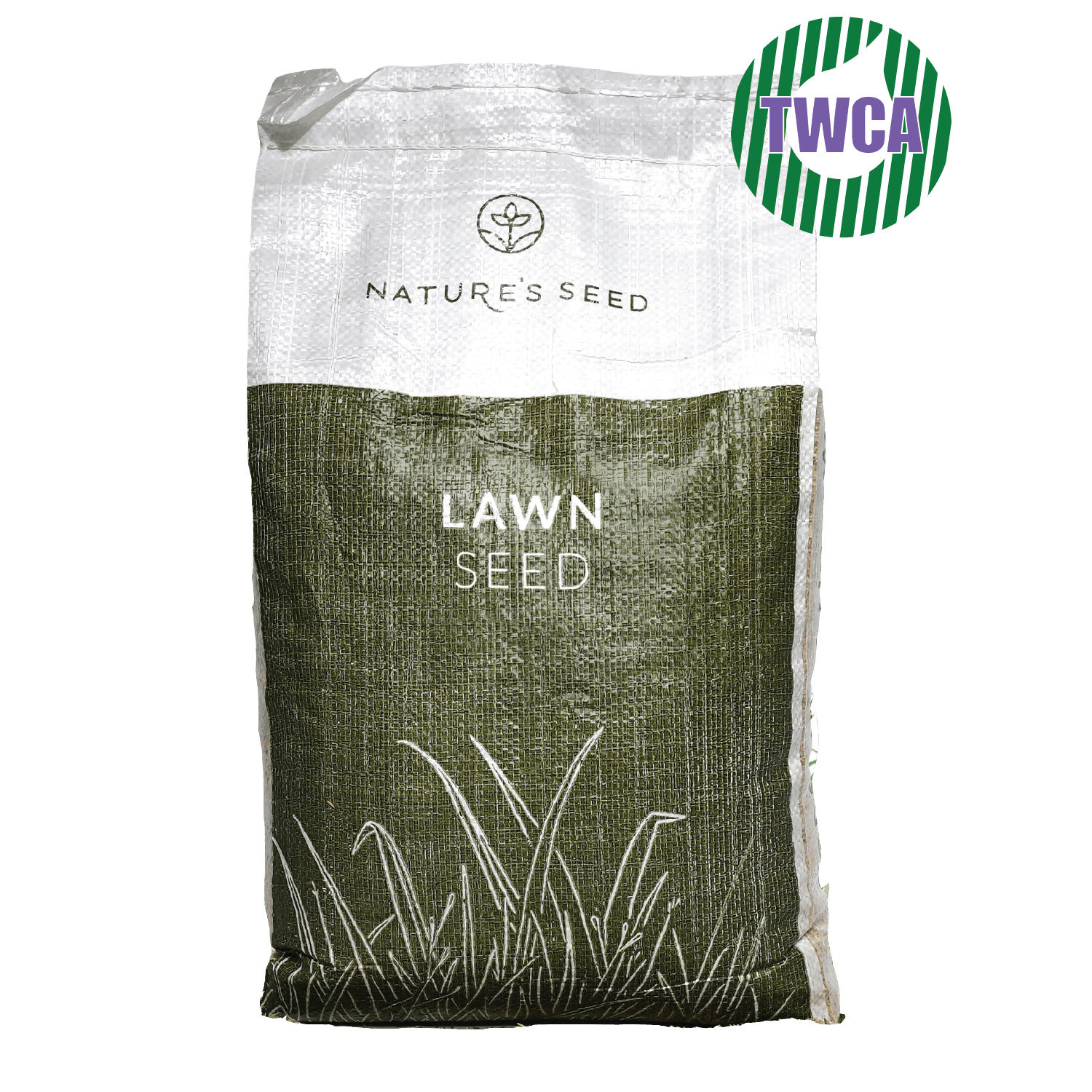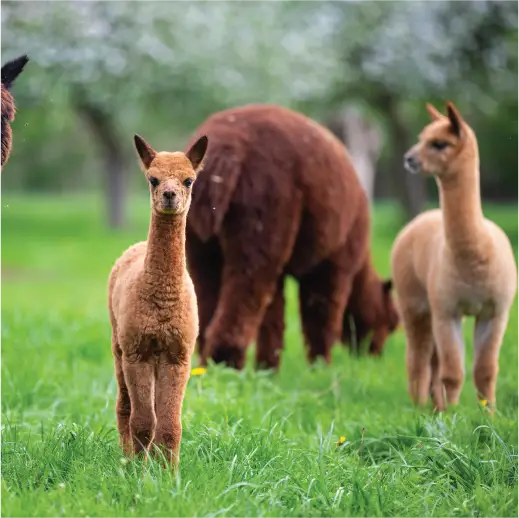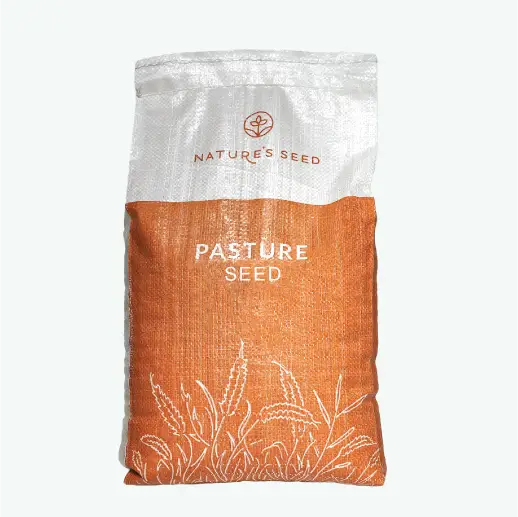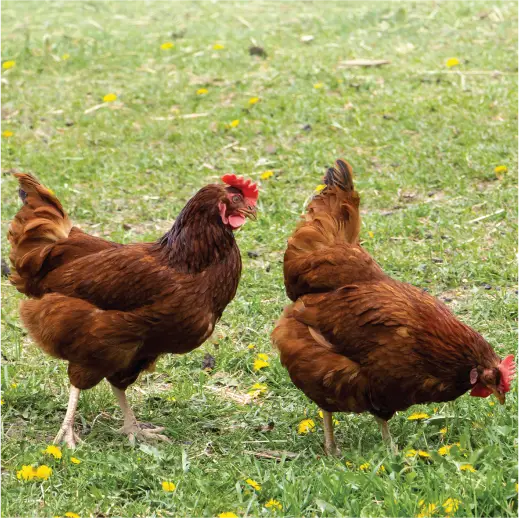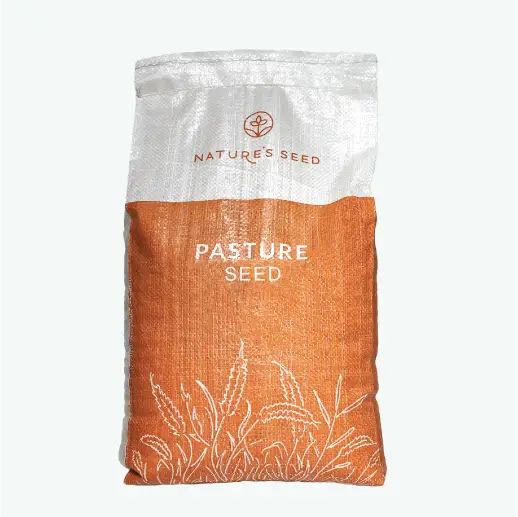

What is the TWCA Water-Wise Sun & Shade Mix?
Experience a lush, green lawn while saving water. TWCA Water-Wise Sun & Shade Mix is a premium blend of drought-tolerant grass seeds that thrives in diverse conditions. This mix of bluegrass, ryegrass, and fescue produces a dense, fine-textured turf with a rich medium-dark green color. Engineered for USDA Hardiness Zones 3–7, it withstands cold winters and hot summers. Whether under full sun or partial shade, this water-conserving lawn uses up to 40% less water than traditional grass blends. It’s ideal for high-visibility home lawns, parks, and any landscape mindful of water use. Enjoy quick germination in as little as 7 days and superior self-repairing ability that fills in bare spots, giving you a resilient, luxurious lawn with less maintenance.
Specifications
Sun Requirement
Full Sun to Partial Shade
Soil Preference
All types, prefers well-drained loam
Soil pH
6.0 – 7.0
Time to Maturity
~60–90 days
Height when mature
~4–6 inches
Seeding Rate
5 lbs/ 500 sq ft
Planting Depth
1/8″ – 1/4″
TWCA Water-Wise Sun & Shade Mix
SKU: TURF-W-SS
Does This Product Grow Well in Your Region?
Check your region
Select Quantity
Why Choose This Seed?

Drought Tolerant & Water-Wise
This TWCA-certified blend is proven to use significantly less water than ordinary grass. Once established, it stays green with up to 30–40% less irrigation, making it perfect for drought-prone areas or water restrictions. Deep roots enhance its drought resilience, so you enjoy a gorgeous lawn while saving on water bills.

Sun & Shade Versatility
Tired of seed mixes that only thrive in one light condition? This mix is formulated to flourish across full sun to partial shade. Fine fescue and ryegrass components allow the lawn to adapt in moderately shaded spots under trees and in open sunshine alike. You’ll get uniform, healthy growth even in areas that get only 3–6 hours of sun.

Quick Establishment & Self-Recovery
Get faster results without sacrificing quality. Perennial ryegrass sprouts in a week to provide early green cover, while Kentucky bluegrass and fescues fill in to form a dense sod within 2–3 months. The bluegrass spreads via rhizomes, self-repairing small bare spots over time, so your lawn maintains a thick, lush look with less overseeding.

Fine Texture & Rich Green Color
Enjoy a lawn that looks and feels luxurious. This mix yields soft, fine-bladed grass that’s comfortable underfoot – perfect for barefoot play. The hard fescue and bluegrass varieties were selected for their medium to dark green hue, creating an elegant, carpet-like turf that stays attractive from spring through fall.

Low Maintenance, High Performance
Spend more time enjoying your lawn and less time caring for it. TWCA Water-Wise Sun & Shade requires less mowing and fertilizing than typical lawns. Its drought-tolerant, slow-growth fescues mean the grass doesn’t shoot up as quickly, so you mow less frequently. Built-in disease resistance and endophyte-enhanced pest resistance in the seed blend help keep the lawn healthy with minimal chemical input. In short, you get a gorgeous, durable lawn without the heavy upkeep.
Seed Description
Product Details
Sun/Shade
Full sun to partial shade
Height
4–6 inches
Seeding Rate
5 lbs per 500 sq. ft.
Uses
Premium home lawns; high-visibility landscapes; parks; moderate shade areas; drought-aware landscapes
Color
Medium to dark green turf
Water
Low water once established
Native/Introduced
Introduced
Life Form
Perennial cool-season turfgrass
Planting and Growth Guide

Soil Preparation
Achieving a great lawn starts with good preparation. Remove any existing weeds or old sod from the area (by tilling, sod-cutting, or using an appropriate herbicide) so new seedlings won’t compete. Loosen the top 2–3 inches of soil and break up large clods – a fine, friable seedbed helps seed-to-soil contact. If soil is poor, you can work in compost to enhance fertility and drainage. Rake the area to remove rocks and debris and to level the surface. Finally, lightly firm the soil (for example, use a roller or simply walk on it) so that it’s not too fluffy – you shouldn’t sink in more than about a 1″ footprint. Aim for a smooth, even grade to prevent water pooling or runoff.

Seeding
Timing is important: for best results, sow in early fall or spring when temperatures are mild (cool-season grasses establish best when daytime highs are ~60–75 °F). Spread the TWCA Sun & Shade Mix evenly at about 5 lbs per 500 sq. ft. Use a broadcast spreader for uniform coverage, seeding in perpendicular passes (half the seed in one direction, the rest at 90°) to avoid striping. After broadcasting, gently rake the seeded area so that most seeds are covered with about 1/8″–1/4″ of soil. Good seed-to-soil contact is critical for germination – you can also lightly roll or tamp the area to press seeds in. It’s normal if a few seeds remain visible on the surface. If seeding on a slope or during a dry, windy period, consider applying a thin layer of clean straw mulch or peat moss to help retain moisture. (Avoid thick mulch that blocks light; a light cover is enough to protect seeds and conserve water.)
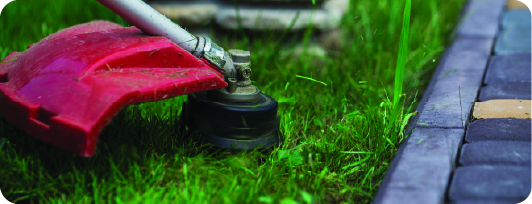
Watering & First Mow
Immediate watering is crucial. After seeding, water the area thoroughly with a gentle sprinkler or mist setting so you moisten the topsoil without washing the seeds away. During the germination period (first 2–3 weeks), keep the top 1–2 inches of soil consistently damp at all times This may require light watering once or twice a day (more often if the weather is hot, dry, or windy). Avoid puddles – the goal is moist, not waterlogged, soil. As seedlings emerge and grow, gradually transition to deeper, less frequent watering: for example, after the first few weeks, water once every 2–3 days but apply more water each time so it soaks deeper. By about 4–6 weeks in, you want to water such that the top 4–6 inches of soil are getting moisture, which encourages roots to grow down.
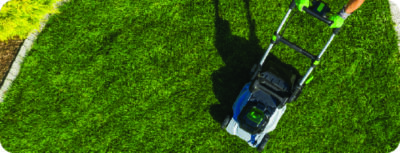
Ongoing Maintenance
After the lawn is established (after about 2+ months and a couple of mows), maintenance is relatively easy. Water deeply but infrequently to train roots to grow downward. Typically, give the lawn about 1 inch of water per week (from rainfall or irrigation), applied in one or two sessions rather than a little each day. Deep watering encourages a robust root system and drought resilience, whereas shallow frequent watering can lead to shallow roots. Monitor weather and soil – if the top 4–6 inches are dry, it’s time to water. In cooler seasons or shaded areas, you may need less water.
Maintain a regular mowing schedule, generally once per week during the active growing season. Mow at ~2.5–3″ height (this mix looks and performs best when kept on the taller side of that range). Taller grass height promotes deeper roots and helps the lawn conserve moisture. Continue following the one-third rule for cutting – frequent mowing (before the grass gets too tall) actually reduces stress and yields a thicker turf. In summer, you can even raise the mower to 3.5″ to help the lawn endure heat. Grass clippings can be left on the lawn (“mulch mow”) to return nutrients to the soil, as long as they aren’t forming clumps.
Questions & Answers
When is the best time to plant the TWCA Water-Wise Sun & Shade Mix?
Plant cool-season grass mixes like this in early fall or spring for best results. Fall (late August to October, depending on your region) is ideal because the soil is still warm, air temperatures are cooler, and weeds are less active. Spring (once daytime highs are consistently 60–75 °F) is the next best window. Avoid the hottest summer months for seeding – young seedlings can struggle in high heat and may require extra watering.
How should I prepare my soil before seeding?
Good preparation makes a huge difference! First, clear all existing vegetation – remove old turf or weeds by digging out or using a proper herbicide. Loosen the topsoil by tilling or raking to a depth of a few inches. If your soil is very compacted or poor, work in some compost to add nutrients and improve structure. Rake the area to break up clumps and level it out, removing rocks and debris as you go. You want a smooth, firm seedbed (when you walk on it your footprint should be shallow, about an inch deep or less). Finally, if soil is dry, water it lightly a day before seeding so it’s moist (but not muddy) when you sow the seed. Proper prep gives your new lawn the best start!
How long does it take for this grass to germinate and fill in?
You’ll see the first sprouts quickly. The perennial ryegrass in the mix can germinate in as fast as 5–7 days, so within a week you should notice green shoots in warm conditions. The fescues will start coming up about a week or two after that, and the Kentucky bluegrass is slower – it might take around 2–3 weeks (14–21 days) to germinate fully. Don’t worry if the lawn looks a bit patchy at first; the different seeds sprout at different times. With consistent watering and care, the lawn will continue to thicken. In about 6–8 weeks you’ll have a decent turf cover, and around the 2–3 month mark your lawn should reach full density. Cooler weather can slow things down, while ideal conditions can speed it up slightly. Patience in the early weeks will pay off with a beautiful lawn!
How often should I water a newly seeded lawn, and when can I water less?
New seed loves moisture. Immediately after seeding and for the first couple of weeks, keep the topsoil constantly moist – that might mean watering lightly once or twice a day (especially on hot or windy days) so the seeds never dry out. Use a gentle spray to avoid displacing seeds. As the seeds germinate and grass grows, you can gradually cut back. After about 2–3 weeks, transition to watering once per day or every other day, but a bit deeper. Once the lawn is established (after ~1 month), you can switch to a normal irrigation routine: water more deeply but only 1–2 times per week. Established water-wise lawns need much less irrigation than typical lawns – about 1″ of water per week (including rain) is often enough, and they can survive on less if necessary. Always adjust for weather: water more during droughts, and skip watering if rainfall is sufficient. The key is to keep new seedlings moist, then encourage deep roots by spacing out waterings as the lawn matures.
When can I mow my new lawn for the first time, and how high should I cut it?
Your first mow can happen after the grass grows about 3–4 inches tall. In practice, this is typically about 4–6 weeks after seeding under good conditions. To be sure, use the one-third rule: if you plan to maintain the lawn at ~3″ height, mow for the first time when the new grass reaches ~4″. Make sure the soil is relatively dry and firm before mowing so you don’t uproot tender seedlings or create ruts. Use a sharp mower blade to get a clean cut (dull blades can tug out the young plants). Set the mower height high – around 3″ is ideal for this mix. In fact, 3″ should be your regular mowing height for a healthy water-wise lawn, as taller grass develops deeper roots and shades the soil. Never cut more than 1/3 of the grass blade length in one mowing – taking off a little bit often is better than scalping it infrequently. After the first mow, continue to mow about once a week during the growing season. Regular mowing will encourage the bluegrass and fescue to tiller and spread, leading to a thicker lawn over time.
Does this mix really grow well in shade? I have some trees – will the grass die off?
No worries – this mix is designed for variable light conditions. It will thrive in full sun, but it also contains shade-tolerant fine fescue grasses that do well in partial shade. In areas under trees or on the north side of a house, as long as there’s a few hours (4+ hours) of dappled sunlight or partial sun, the lawn should establish and persist. Chewings and hard fescue are among the most shade-tolerant turf grasses, and their presence in the mix helps the lawn stay thick in those shadier spots. Keep in mind, even shade-tolerant grass needs some light – deep, full shade (like under a dense evergreen or in the shadow of a building all day) may be challenging for any grass. If you have heavy shade, you can prune tree canopies to allow a bit more filtered light. Also, mow the shaded sections a half-inch higher and water a bit less frequently (shade areas stay moist longer) to help those areas along. Overall, this mix is very versatile – it will give you good coverage in both sunny and moderately shaded parts of your yard.
Still have
questions?
Our planting experts
are here to help.
Reviews
| Sun/Shade | |
|---|---|
| Est Rate | |
| Texture | |
| Seeding Rate | |
| Uses | , , |
| Color | |
| Mix Contents |
70% Kentucky Bluegrass Seed (3 varieties) 15% Chewings Fescue 15% Creeping Red Fescue |
| Water | |
| Native | |
| Life Form | |
| Lowest price | |
| Coverage Area | , , |
Related Products
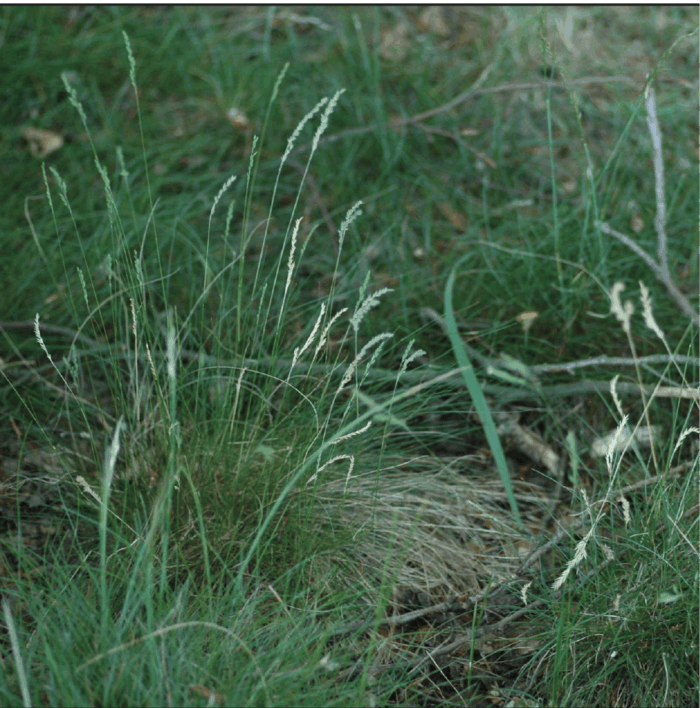
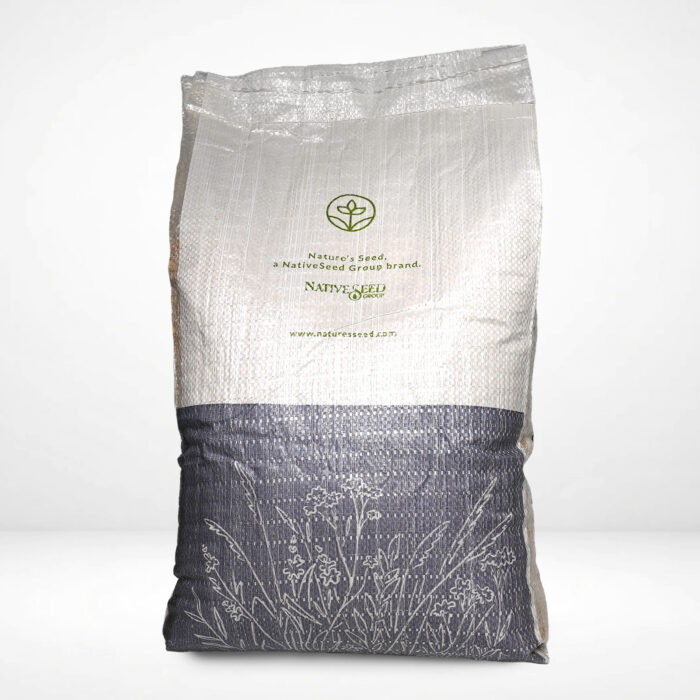
Sheep Fescue Grass
(4.7) - 145 reviews
$8.99/lb


Thingrass
(4.7) - 145 reviews
$179.99/lb
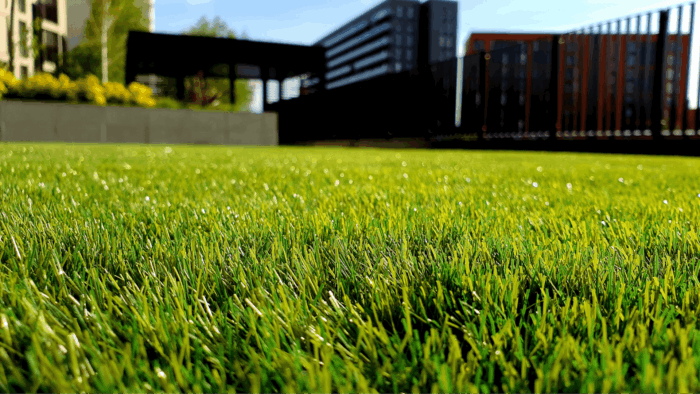
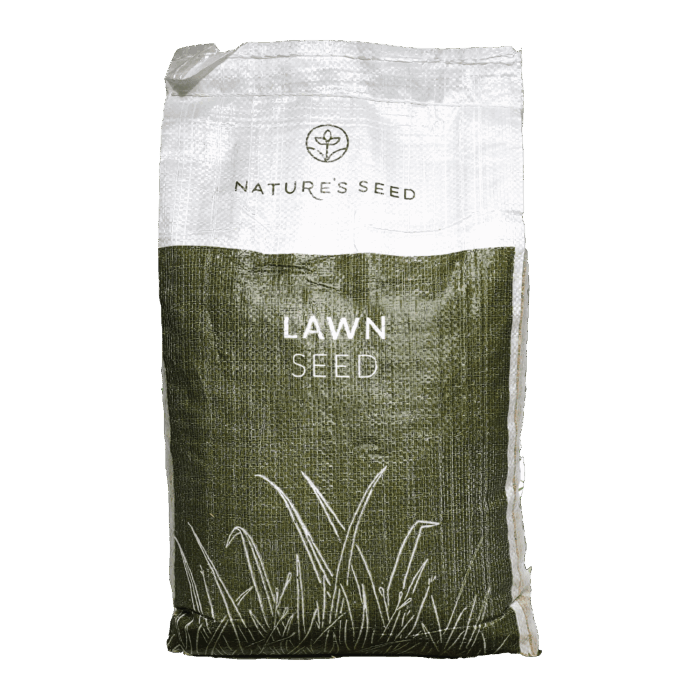
Triblade Elite Bermudagrass Lawn Mix
(4.7) - 145 reviews
$119.99 – $499.99Price range: $119.99 through $499.99

